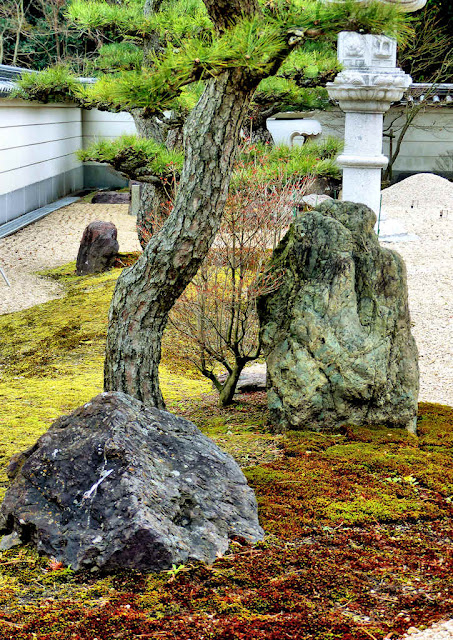Tuesday, October 22, 2024
Kobe Maritime Museum & Kawasaki Good Time World
Sunday, October 20, 2024
A Walk Down Mount Raizan
Saturday, October 19, 2024
Uchihara Oji Shrine
Labels:
ichikishimahime,
kagutsuchi,
kanayamabiko,
kumano kodo,
oji,
ojin,
saigoku,
Shrine,
wakayama
Friday, October 18, 2024
Kannon Hall & Founders Hall at Sennyoji Daihion Temple
Well, actually, yes!.... Buddhism had been in China for about a century by 178. Brought by travelers along the Silk Road, travel between China and Japan had also been going on for some time. In the first century a "king" in this part of Kyushu had been given a gold seal by the Han Emperor, the infamous Gold Seal of Na, so the idea that Silk Road travelers did not travel past China to the Japanese islands is not far fetched. Of course, an exact date of 178 is a bit improbable, but dating in Japanese prehistory is extremely fanciful when based on documents like the Kojiki anyway.
Labels:
Fudo Myojin,
fukuoka,
kyushu108,
senju kannon,
temple
Thursday, October 17, 2024
Choshoji Temple 33 Shodoshima Pilgrimage
The honzon is a Dainichi Nyorai and is flanked by a Fudo Myoo and an Aizen Myoo.
Labels:
dainichi,
karesansui,
shodo88,
temple
Subscribe to:
Posts (Atom)


































































